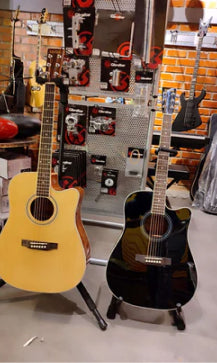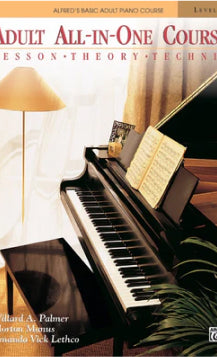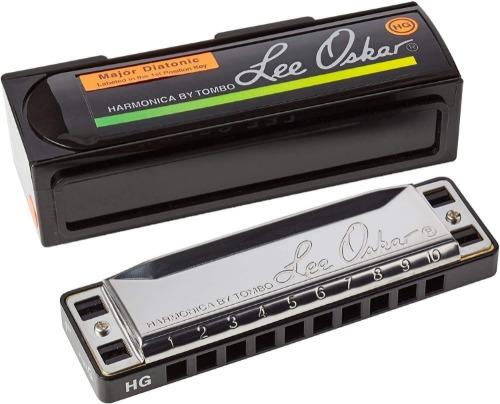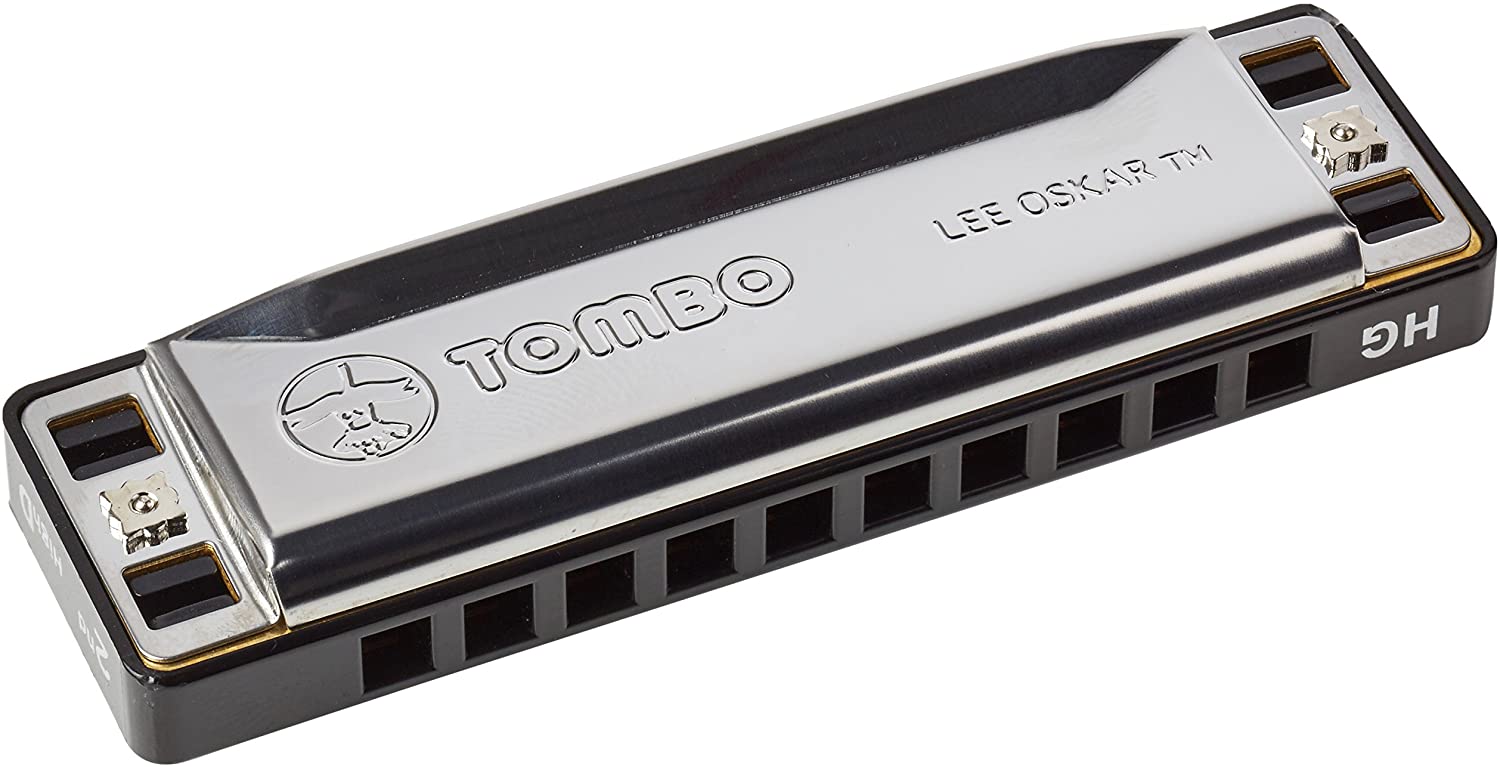Description +-
Lee Oskar Major Diatonic Harmonica - Key of G
- Model: 1910 – Labeled in 1st Position – Orange Label
- Available in 18 Keys (Listed low to high): Low C, Low D, Low E, Low F, Low F#, G, Ab, A, Bb, B, C, Db, D, Eb, E, F, F#, Hi G
- https://leeoskar.com/major-diatonic-harmonica/
Lee Oskar Major Diatonic Harmonica Usage
The Major Diatonic Harmonica was originally intended for playing simple Folk music of the nineteenth century and its notation layout was adequate for that purpose. The Major Diatonic harmonica is the most commonly used tuning for playing Blues, Rock, Country Folk & Jazz.Several other manufacturers, using various names stamped on their cover plates, for marketing purposes, have the exact same notation layout as a Lee Oskar Major Diatonic harmonica.
Historical Positions & Playing Style
The original style of playing, known as 1st Position (Straight Harp), is suitable for playing simple melodies, Folk music and various other types of music that call for melody lines, along with some chords. 1st Position (Straight Harp), is still used by many players today, but due to its simplicity of sound, it is not as popular as 2nd Position (Cross Harp).
The evolution of music introduced Blues, Rock and Country and along with these new forms of music came the need for greater expression. Harmonica players began to experiment and found that when they primarily used the inhale (draw) notes, a different kind of sound was provided. This resulted in a new and more fluid style of playing, known as 2nd Position (Cross Harp). 90% of today’s players use 2nd Position for Blues, Rock, Country & Pop music.
Position Features Major Diatonic Harmonica
- The Major Diatonic is the standard Blues tuning and may be played in the 1st & 2nd Positions (Straight Harp & Cross Harp).
- 2nd Position (Cross Harp), is a Blues scale that offers a more expressive and soulful sound. Many of the draw reeds can be bent (a technique used to change the pitch of a note).
Understanding 1st / 2nd Position
Although it is possible to play in many keys of music on any one harmonica by using various positions, most players use only the first two positions, 1st Position also known as Straight Harp, (starting from Blow) and 2nd Position also known as Cross Harp (starting from Draw). For more information see:
About Keys and Positions:
Although it is possible to play in many keys of music on any one harmonica by using various positions and techniques, most players use only the first two positions; 1st Position (also known as Straight Harp) and 2nd Position (also known as Cross Harp).
NOTE:I t is important to know that 1st Position (starting from BLOW / EXHALE) plays in a different key from 2nd Position (starting from DRAW / INHALE).
It is necessary to determine which style of playing will be used to know which key of harp to select. To determine the correct key of harp to use, refer to the Notation chart samples below and review the additional information provided on the manufacturer’s website https://leeoskar.com/major-diatonic-harmonica/
For each harmonica tuning (the Standard tuning and our three Altered tunings), essential points are explained below, using specific keys as examples; however, the same patterns shown below can be used regardless of the key chosen within each tuning.
With different techniques, you can obtain additional notes by using bending or overblows/overdraws. Some reeds can be bent to achieve multiple notes – we recommend you review the Notation Charts which includes bending and become familiar with bending patterns: https://leeoskar.com/major-diatonic-harmonica/







